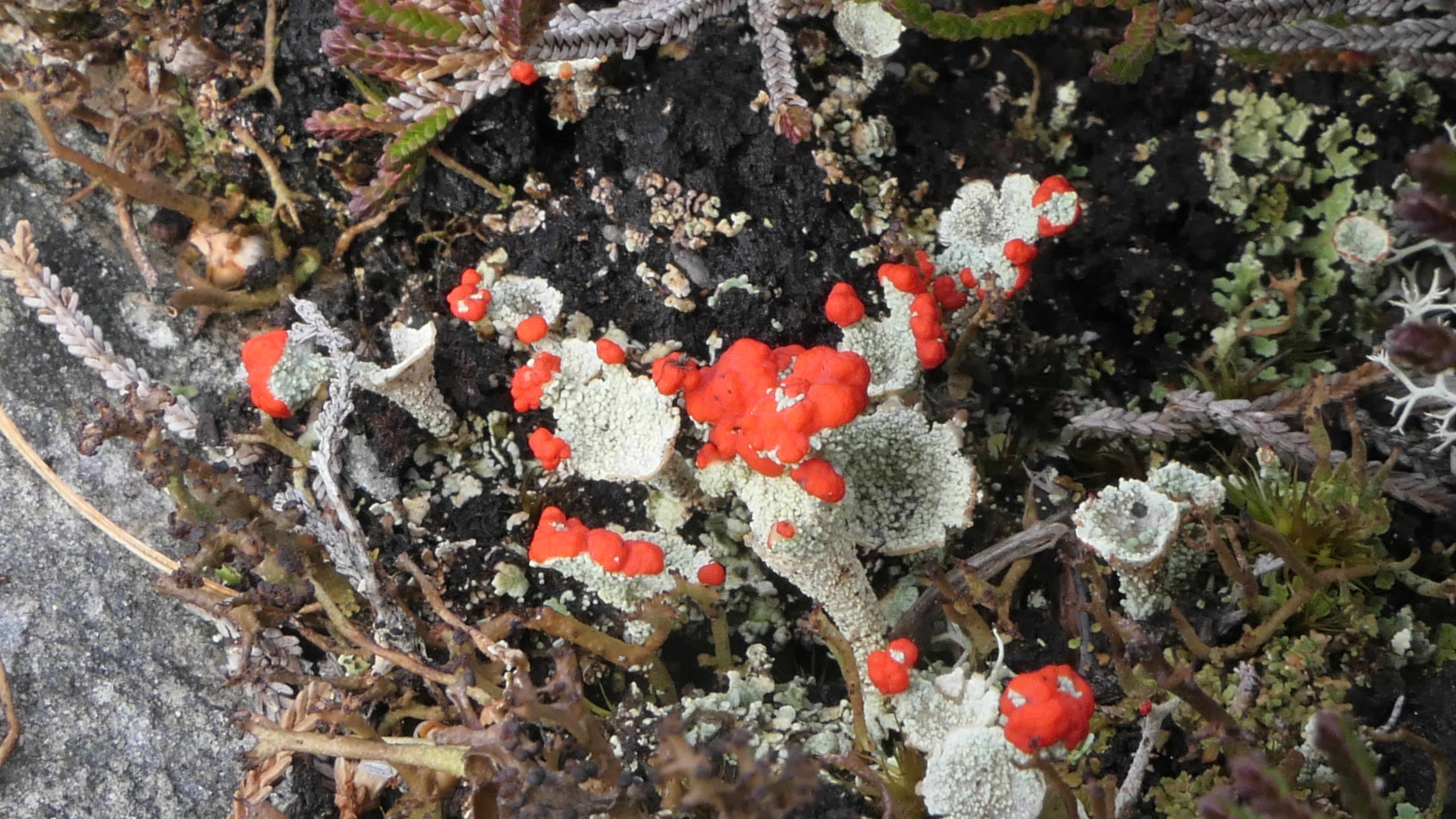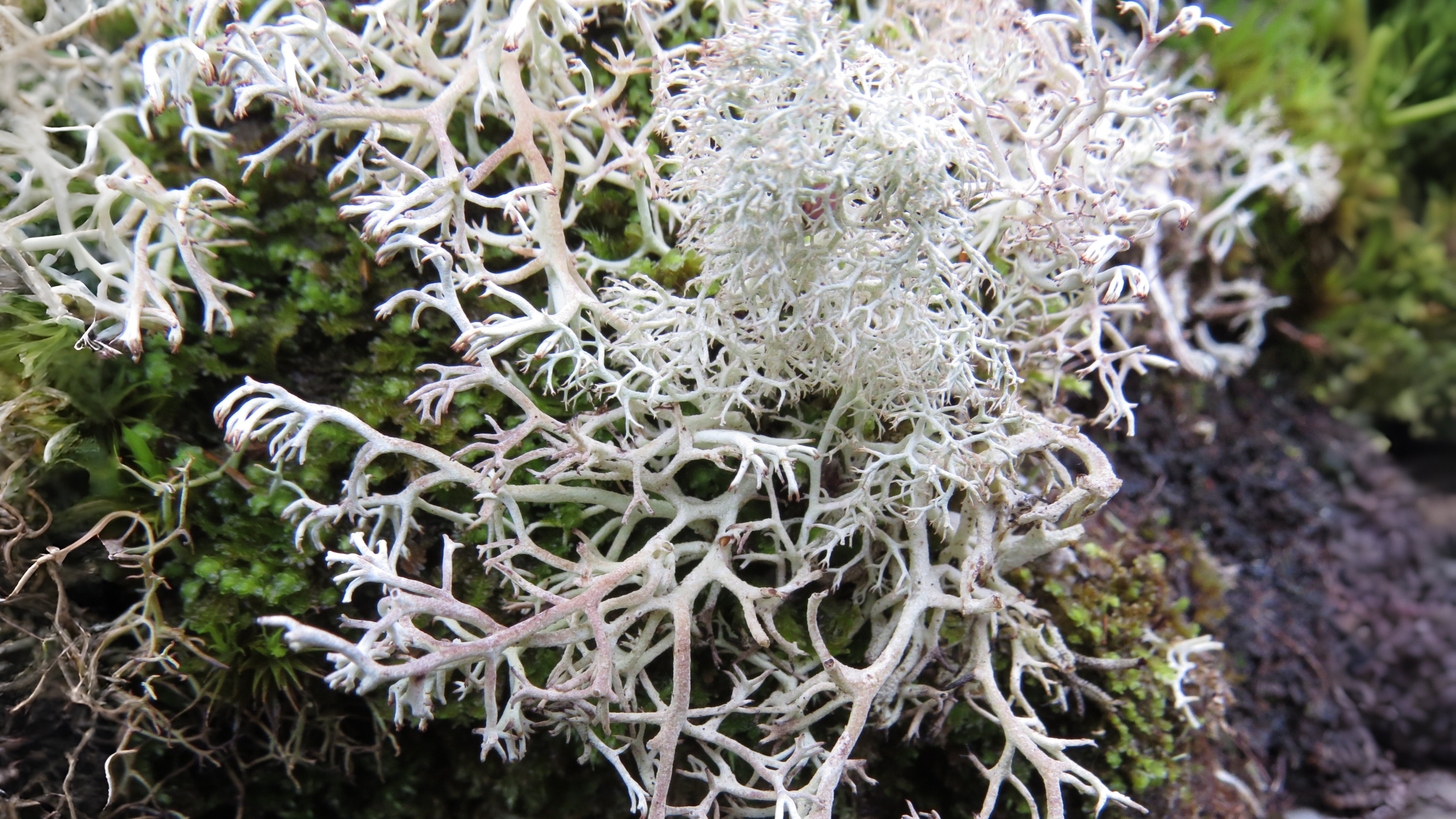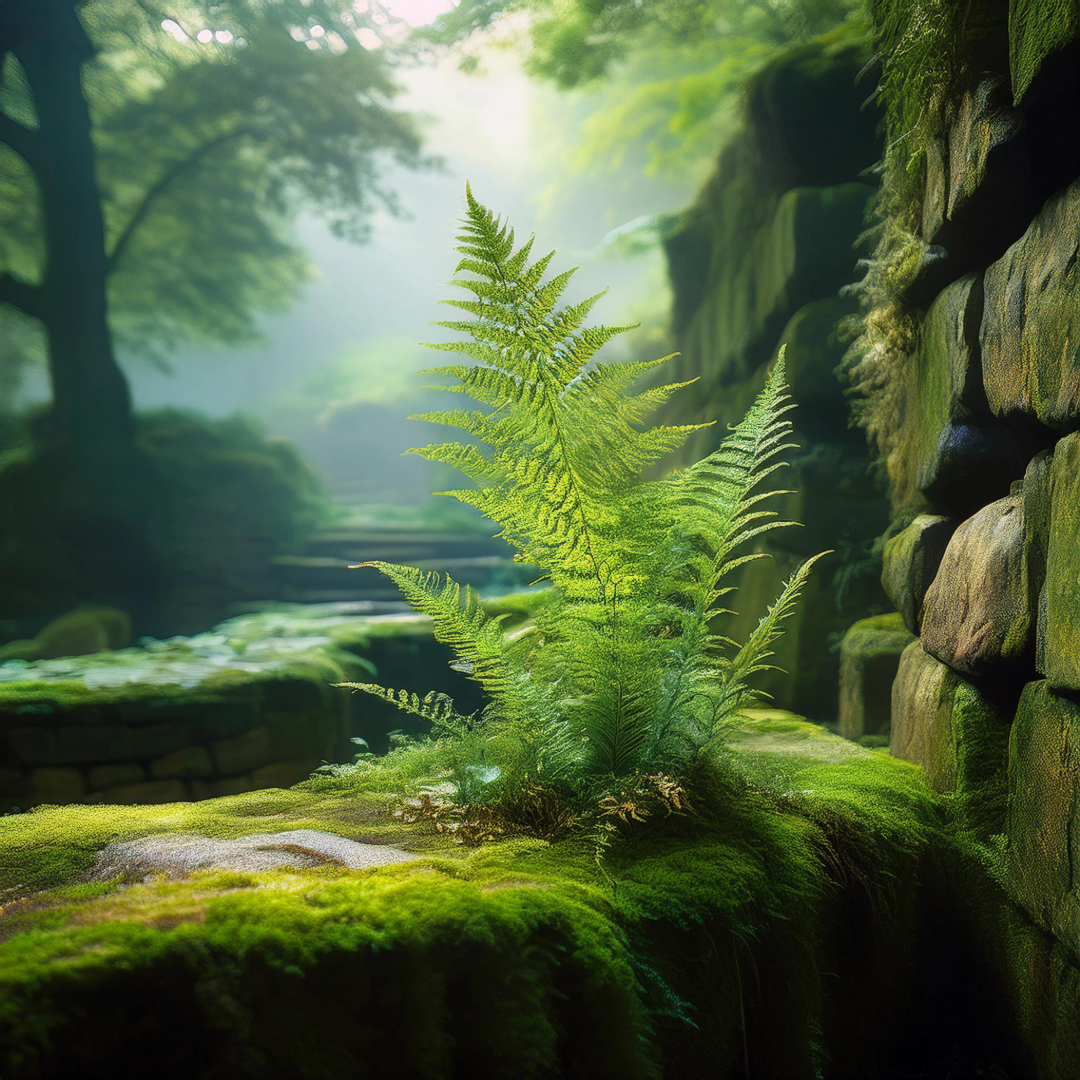
This spring, uncover the secret world of London’s wild greenery! From the unfurling croziers of ferns in Richmond Park to the fairy-like sporangia of mosses on Hampstead Heath, and the whimsical pixie-cup lichens of Epping Forest, the city’s flora is bursting with life. Join us on 22 March as we explore the resilient beauty of ferns, the intricate charm of mosses, and the enchanting diversity of lichens that thrive in London’s hidden corners. Don’t miss this verdant adventure!
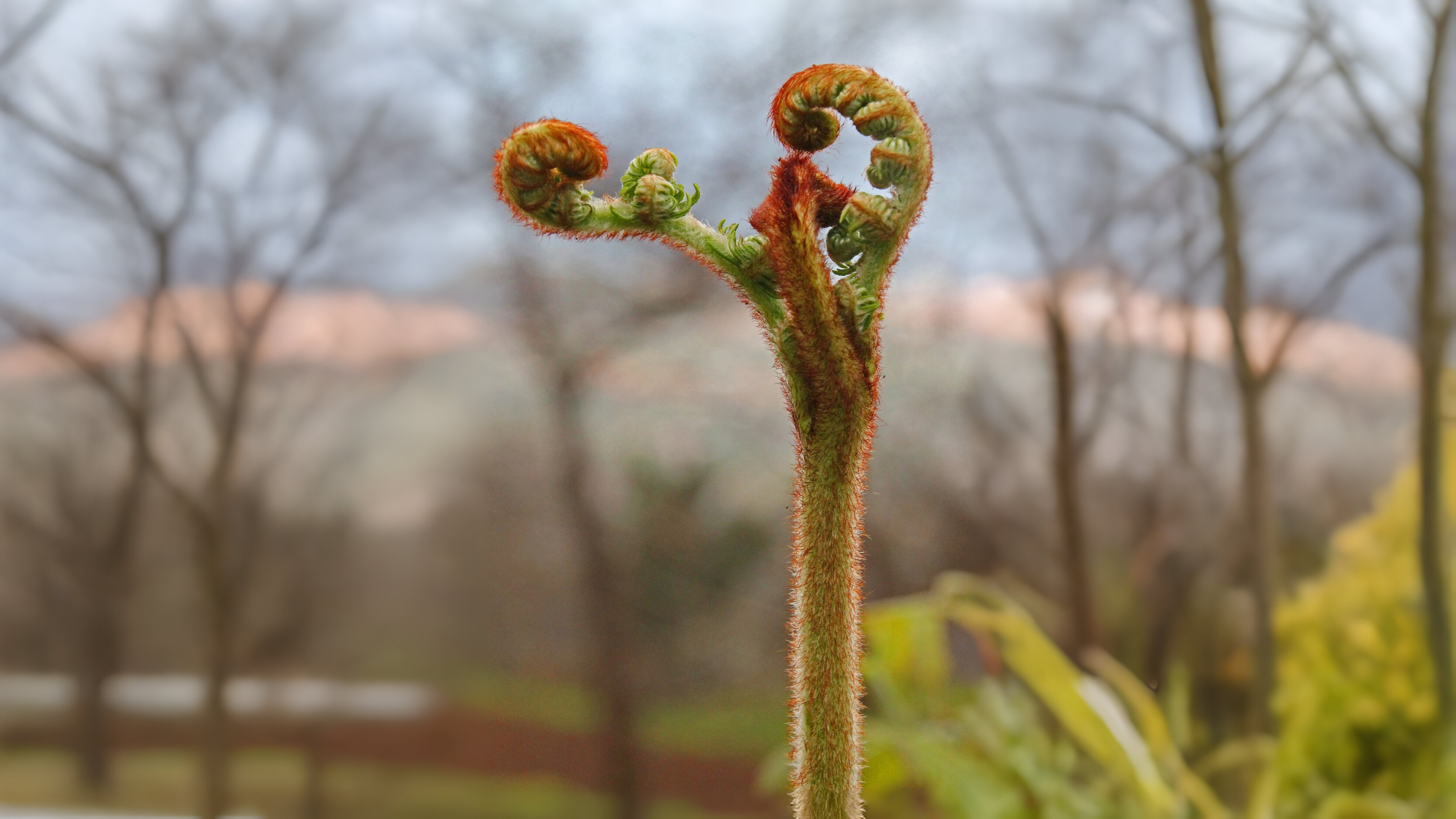

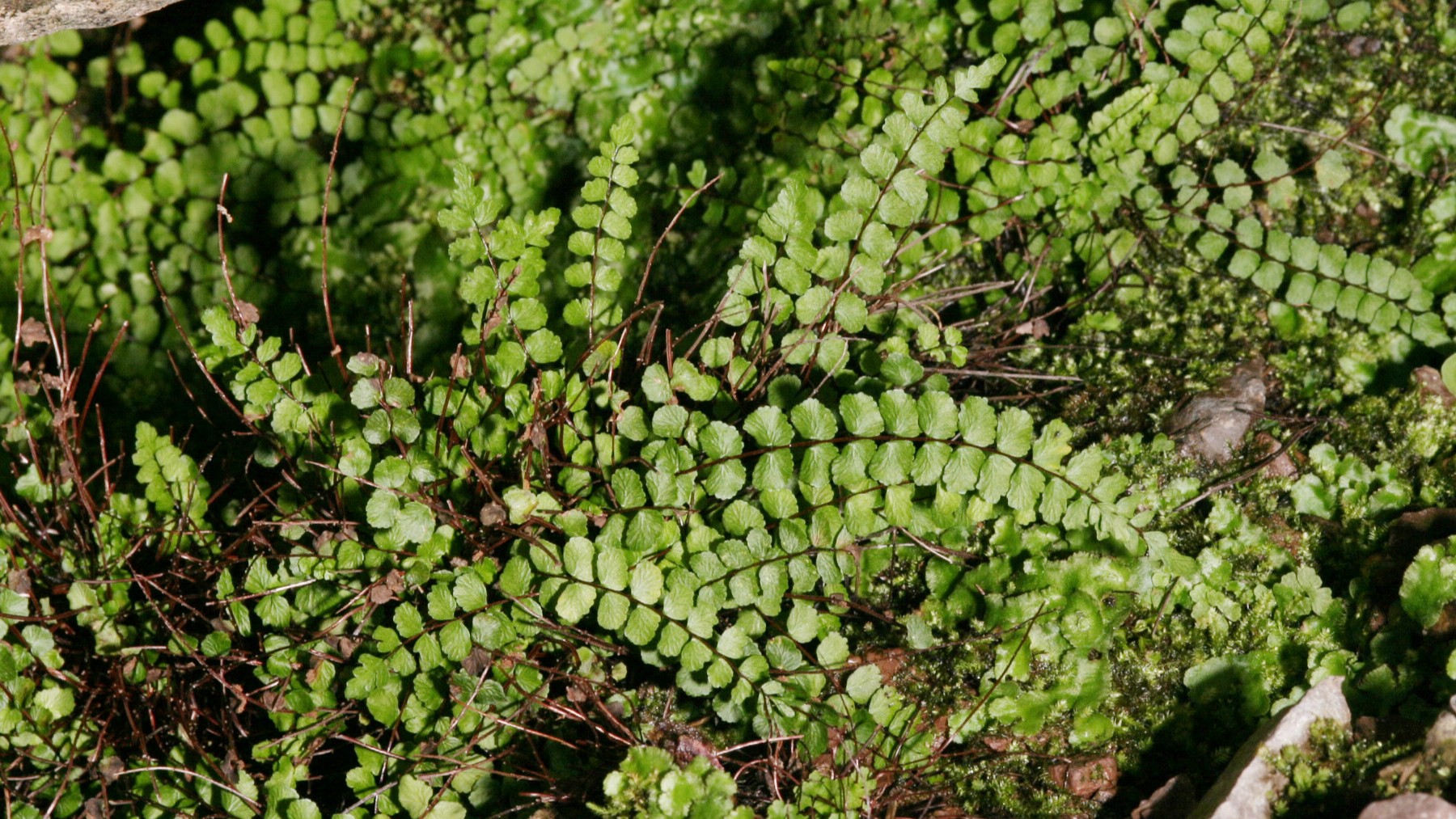

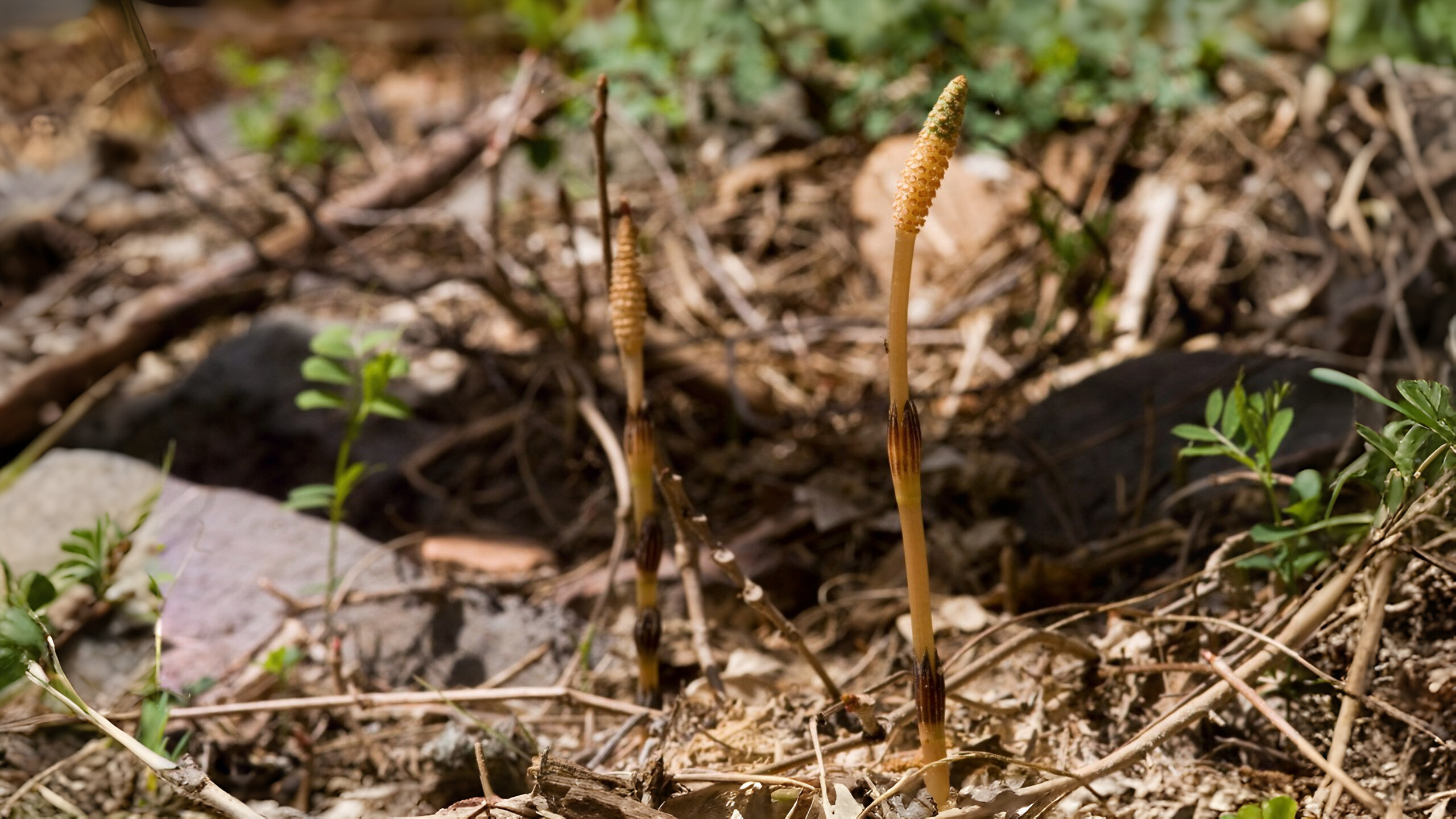

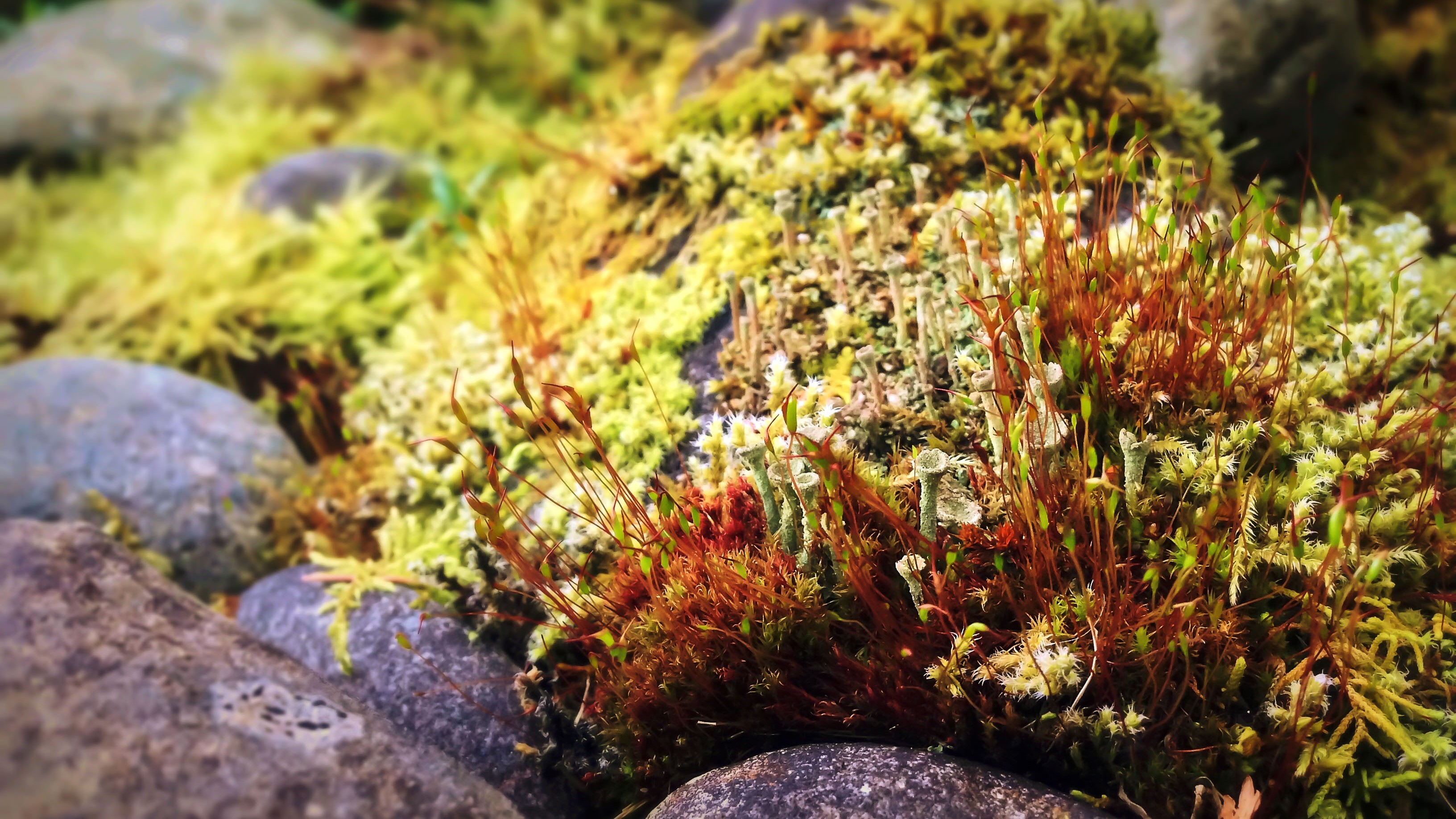

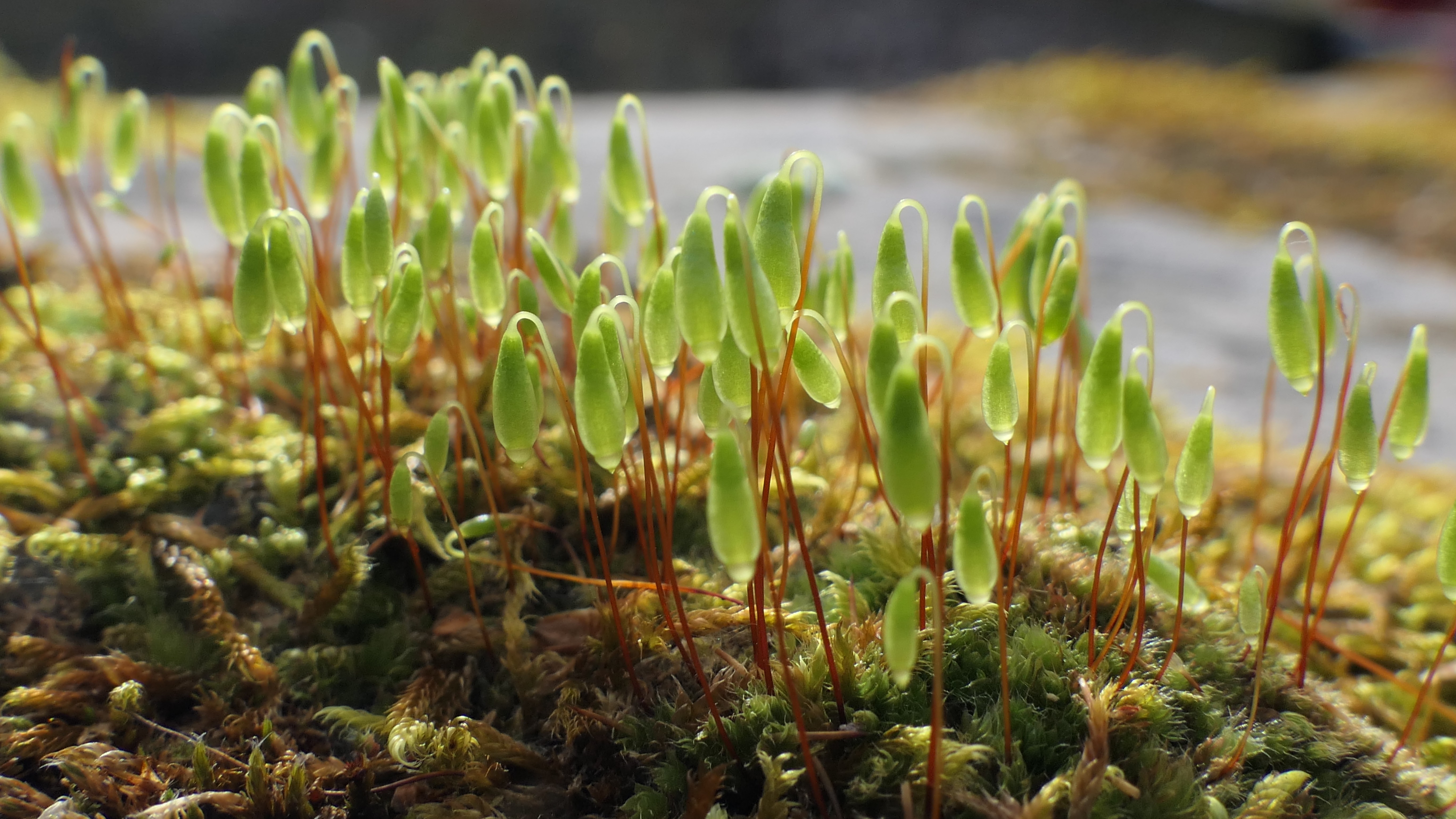

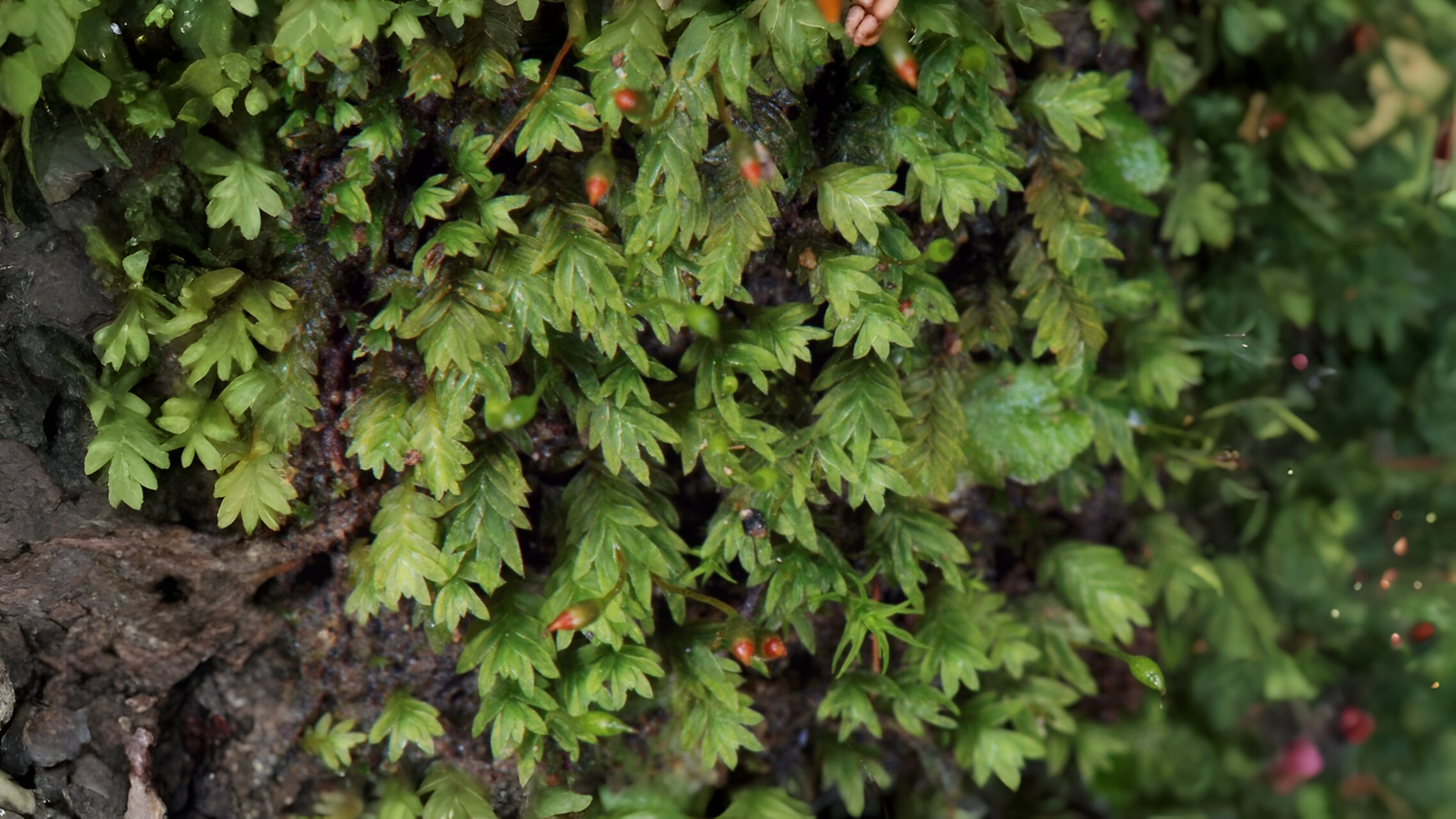

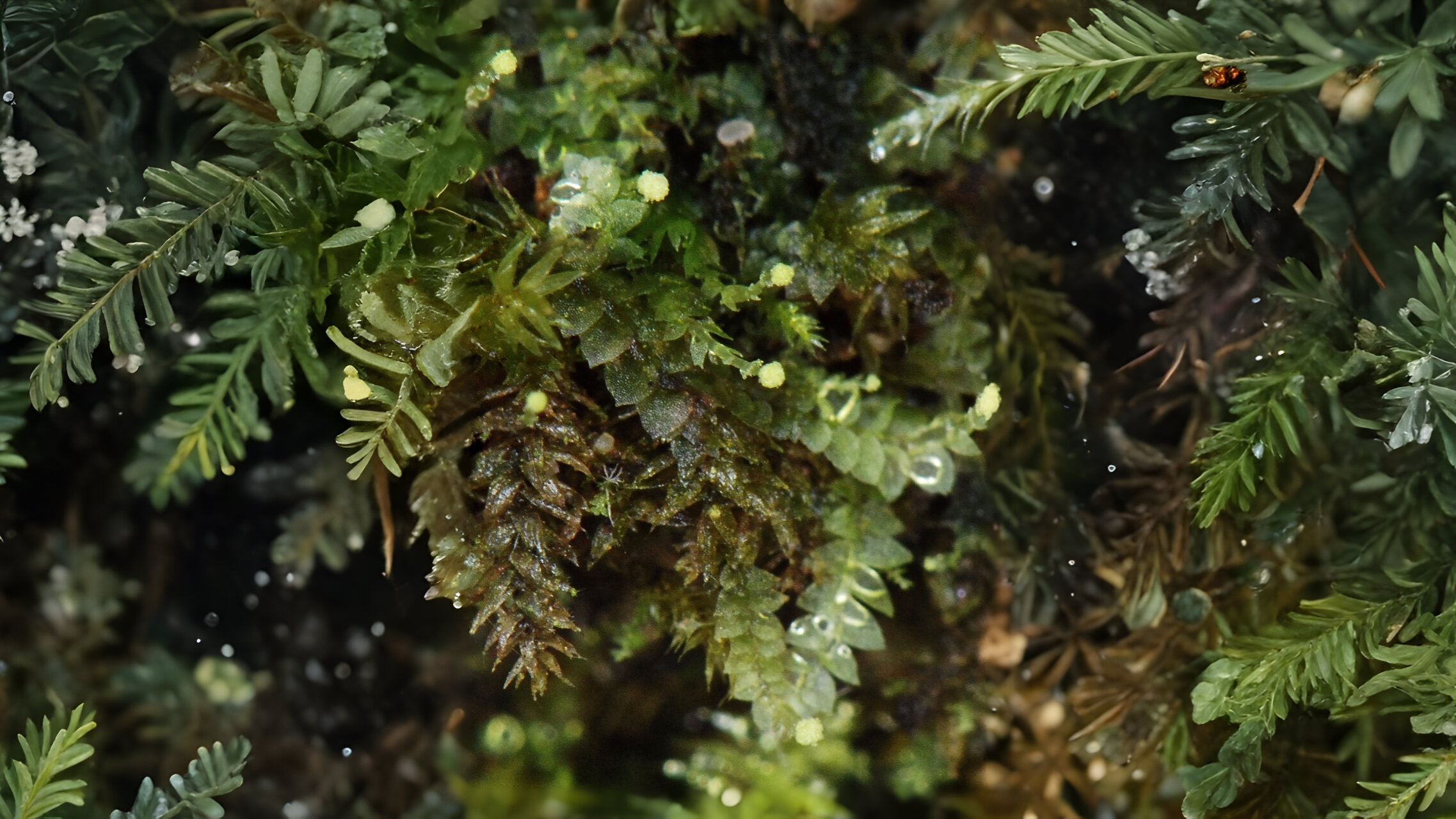

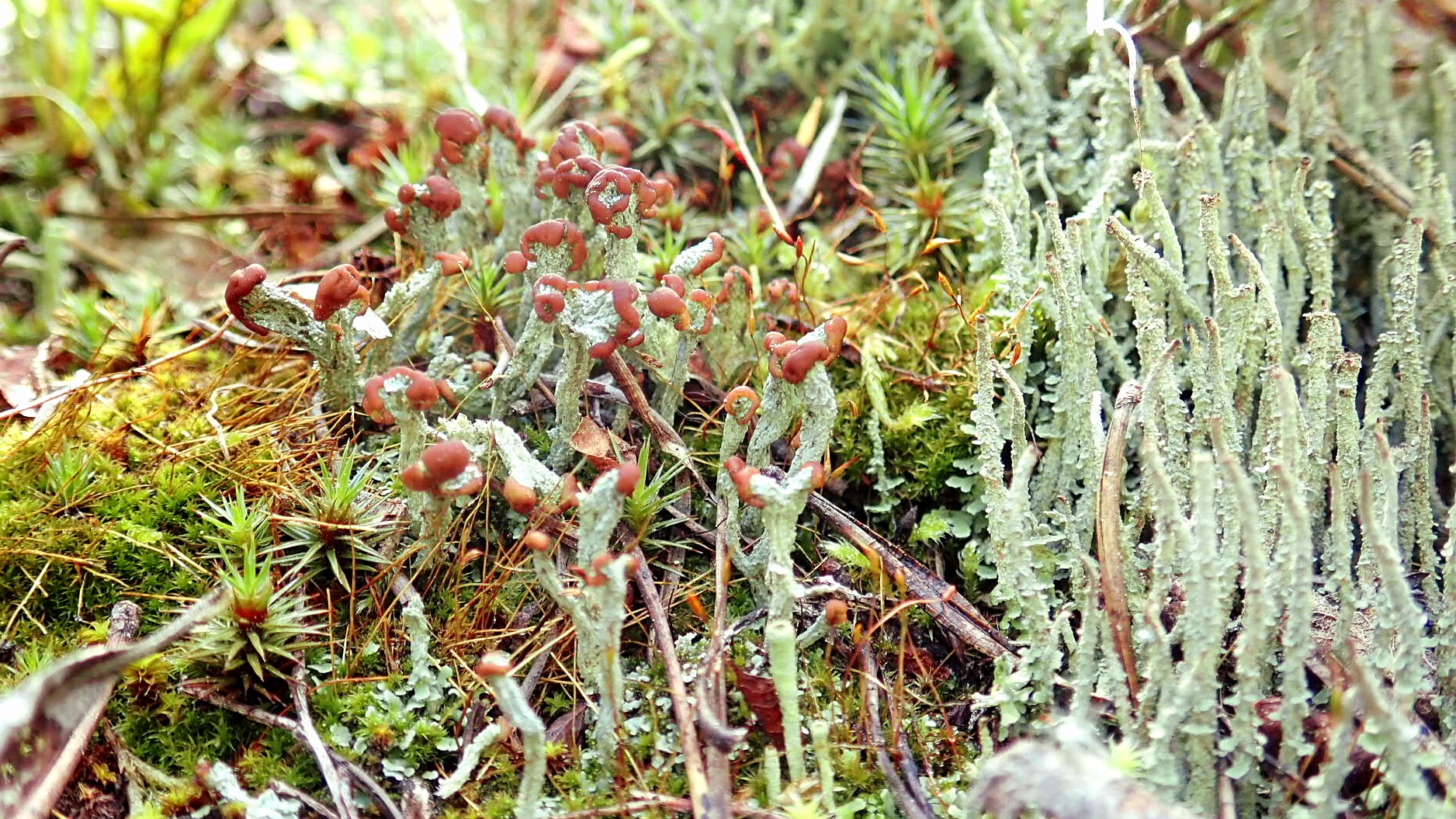

The areas of heathland on Hayes Common are a good place to look for the next two species. C. floerkeana is similar to matches, just having what looks like a drop of bright red sealing wax on the tip of each of its stems. C. macilenta is taller with smaller red drops on its tips, no cups and tends to be more bluish in colour.
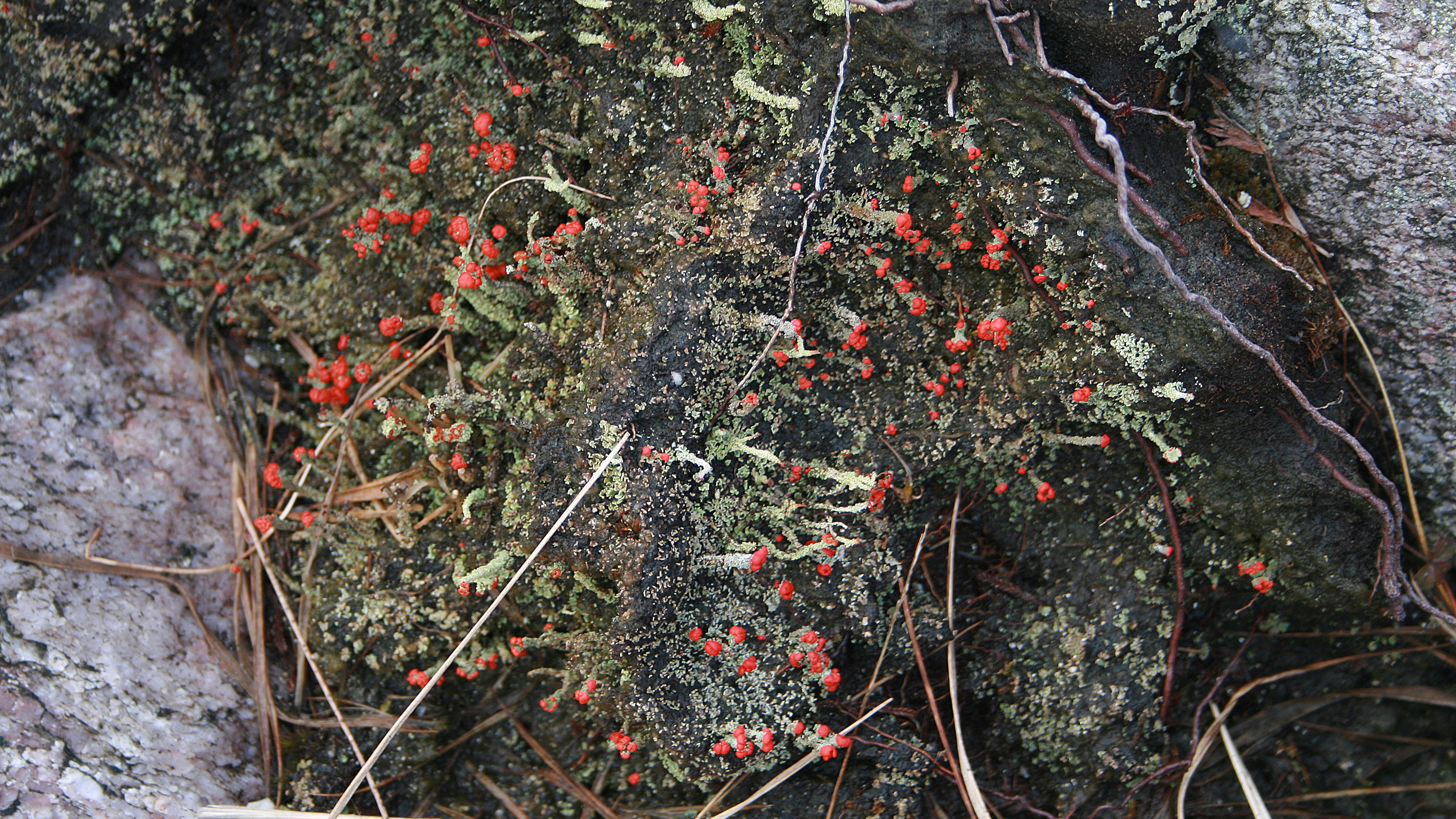

Among all the green or grey green pixie cups which are the ones that are most numerous C. fimbriata is probably the most common. It often has more of a champagne flute shape with greyish green powder in its cups. Besides heaths it is worth looking for on old walls in cemeteries and even in gardens. It is often confused with the much scarcer common cup lichen C. pyxidata which is smaller and can have brown edges to its cups. The latter species may still be found in Brompton cemetery. Among the other green pixie cup lichens C. humilis is noticeably a brighter green, C. squamosa tends to be a lot more scaly and C. pocillum prefers more chalky soils. It can be found on Box hill.
